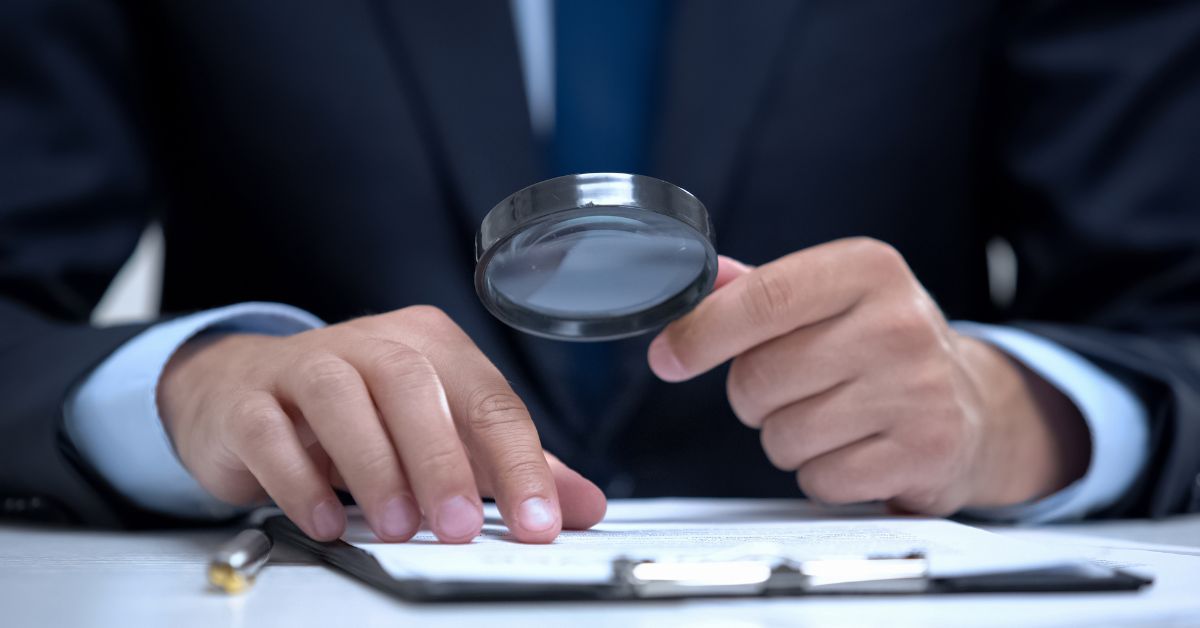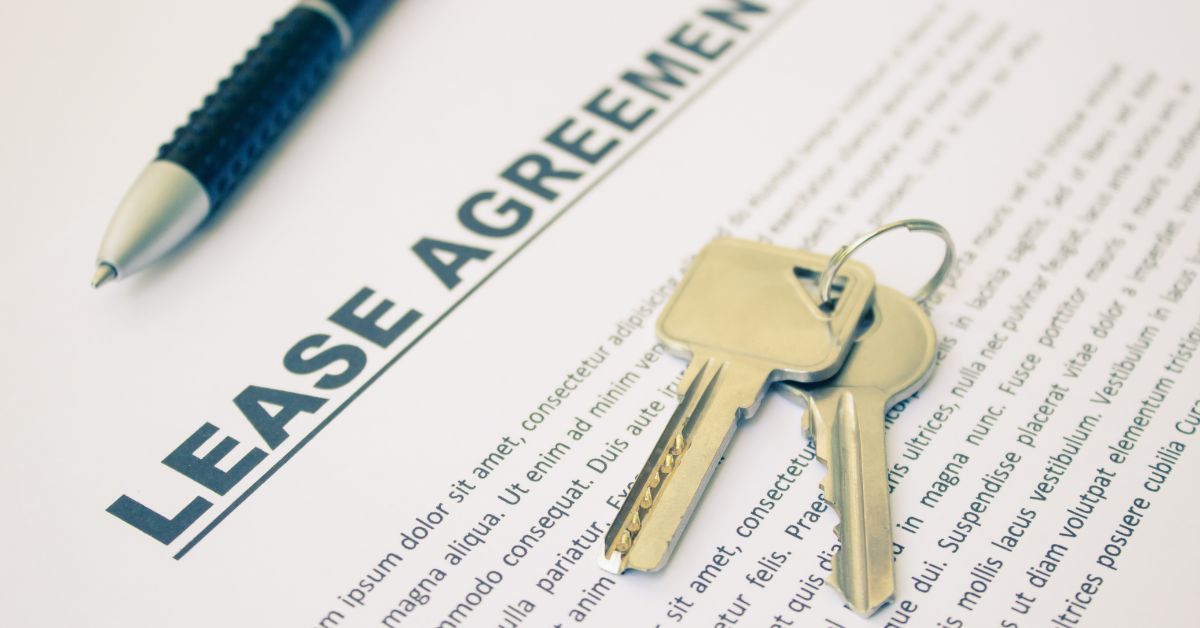In the world of real estate and property management, a residential lease agreement is more than just a piece of paper. It's a critical contract that lays out the expectations and responsibilities of both the tenant and the landlord. Understanding this key document is crucial for a harmonious living situation and successful tenancy.
Definition and Importance of a Lease Agreement
At its most fundamental level, a lease agreement is a legally binding contract that outlines the terms and conditions under which a residential property is rented. Whether it's an apartment, house, or condominium, a rental lease agreement defines the rights and obligations of the tenant and the landlord, ensuring both parties are protected and treated fairly.
In the complex interplay of rules and regulations that govern residential property, a lease agreement plays an essential role. It's a navigational tool that provides guidance on how to handle a wide range of issues that can arise during the tenancy. Furthermore, a well-drafted lease agreement aids in avoiding misunderstandings that could lead to potential disputes and litigation.
Role of a Lease Agreement in Tenant-Landlord Relationships
The tenant-landlord relationship is defined and governed by the lease agreement. It's not merely a document that grants a tenant the right to live in a rental property; it is the foundation for a relationship that needs to be balanced, respectful, and law-abiding. It's the charter that governs the ship of the tenancy, steering it through calm and stormy waters alike.
Essential Elements of a Lease Agreement
An effective lease agreement doesn't just appear out of thin air. It's a careful orchestration of several key elements, each playing a crucial part in defining the term of the lease, the duties and rights of the involved parties, and the overall conduct of the tenancy.

A. Clear Identification of Parties Involved
The parties to the lease, the landlord, and the tenant, must be clearly identified. This includes the legal names of all adult tenants, who are each responsible for fulfilling all the terms and conditions, including rent payments and rules compliance.
B. Detailed Description of the Property
The residential lease agreement must also provide a detailed description of the rental property, including its address and any specific identifying features. This helps to avoid confusion or disputes about what property is being rented.
C. Duration and Terms of the Lease
An essential element of a lease agreement is the duration of the lease, typically either a fixed term or a month-to-month lease. The start and end dates should be clearly stated for fixed-term leases. For month-to-month leases, the lease should specify how much notice (usually 60 days) the landlord or tenant must give to end the lease.
D. Rent and Security Deposit
Another critical element is the amount of rent, the due date, and where and how it's to be paid. Details about the security deposit – its amount, purpose, and the terms of its return – should also be spelled out.
E. Maintenance and Repair Responsibilities
Who takes care of what in terms of maintenance and repairs should be defined in the lease agreement. It is standard for tenants to be responsible for keeping the rental property clean and sanitary, while the landlord is typically responsible for repairing any items that break (so long as the tenant isn’t responsible for the damage).
F. Provisions for Renewal and Termination
Clearly defined provisions for renewing the lease, terminating it early, or what happens when the lease ends are also critical components of a residential lease agreement.
Understanding Legal and Financial Implications
.jpg)
A. Legal Compliance and Regulations
Both federal and state laws impose certain requirements and restrictions on residential lease agreements. For example, federal law prohibits discrimination in housing, and many states have laws on security deposits, rent control, and more. The lease should also disclose any health risks like lead-based paint for properties built before 1978, as required by federal law.
B. Role of Attorneys and Legal Advice
Understanding the legal language and implications of a lease agreement can be challenging. Professional legal advice can help both landlords and tenants understand their rights, obligations, and potential liabilities. Alternatively, using a professional property manager who already has an attorney on retainer can be much more cost-effective for most landlords.
C. Financial Obligations and Liabilities
The lease agreement should clearly outline the tenant's financial obligations, like rent, security deposit, and any fees or penalties for late rent payments or damages.
D. Insurance and Liability Coverage
Most landlords require tenants to carry a certain amount of renters insurance. The lease should clearly state this requirement and the responsibilities of the tenant and landlord in case of property damage or injury.
Negotiating and Drafting an Effective Lease Agreement
A well-drafted lease agreement is the result of thorough due diligence, clear communication, and smart negotiation.

A. Conducting Thorough Property Inspections
Before signing a lease, the tenant should inspect the property to identify any existing damages or issues. Documenting these upfront can prevent disputes over security deposits when the lease ends.
B. Negotiating Rent and Lease Terms
Rent and lease terms should be fair and reflective of the property's condition and local market. Landlords and tenants may choose to negotiate these terms to find a mutually beneficial arrangement, although, in today’s market with a housing shortage, it is pretty rare for a landlord to agree to reduce the rent.
C. Identifying and Including Special Provisions
Special provisions, like rules on pets, smoking, or home businesses, should be clearly identified and included in the lease agreement.
D. Addressing Potential Disputes and Conflict Resolution Mechanisms
Including a clause about how potential disputes will be resolved can help prevent future legal battles. This might include requirements for mediation or arbitration, rather than litigation.
Common Pitfalls and Mistakes to Avoid
The drafting of a lease agreement is a meticulous task that requires attention to detail. However, it's easy to overlook certain aspects or fail to foresee potential issues.

A. Lack of Clear and Concise Language
Using clear, concise language is crucial. Avoid legal jargon that could be confusing or misleading. If a clause isn't clear, it can lead to misunderstandings and disputes.
B. Failure to Include Necessary Clauses
Failing to include necessary clauses, like those detailing maintenance responsibilities or late fees, can leave landlords unprotected and lead to disputes. Make sure every critical aspect of the tenancy is covered in the lease agreement.
C. Inadequate Research and Due Diligence
Not researching the laws of your state or failing to conduct a thorough property inspection can lead to unexpected surprises or legal issues down the road.
D. Overlooking Maintenance and Repairs Provisions
Overlooking the provisions detailing who is responsible for what maintenance and repairs can lead to disputes and unanticipated expenses.
Ensuring Compliance and Enforcing the Lease Agreement
Once the lease is signed, the focus shifts to compliance and enforcement.

A. Importance of Documented Communication
Having a documented record of all communications related to the lease agreement can be invaluable in case of disputes. Keep records of all written communication, receipts, and notices. It is best to use written communications for everything (email, text messages, or physical letters) so that there can never be a claim about something being promised verbally.
B. Role of Inspections and Documentation
Regular inspections and documentation of the property's condition can help identify and address maintenance issues before they become serious.
C. Handling Late Payments and Default Situations
The lease should clearly state the procedure for handling late payments, including any late fees. In cases of non-payment, landlords have certain rights and must follow specific legal procedures to evict a tenant.
D. Eviction Process and Legal Recourse
Eviction should be the last resort. Understanding the process and your rights and obligations under the law is crucial.
Lease Agreement Renewal and Termination
Renewing or ending a lease agreement is a significant event that requires careful handling.

A. Notice Periods and Requirements
The lease agreement should state how much notice the landlord or tenant must give to end the lease or propose changes to the lease terms.
B. Negotiating Renewal Terms and Conditions
At renewal time, the landlord and tenant may renegotiate the terms of the lease, including rent, lease duration, and other provisions. However, as mentioned previously, with today’s housing shortage, it is rarely necessary for a landlord to compromise on the rent increase.
C. Exiting a Lease Agreement Amicably
When it's time to part ways, the exit should be amicable, and in accordance with the termination provisions in the lease agreement.
D. Addressing Unforeseen Circumstances and Force Majeure
Unforeseen circumstances or 'acts of God that make the property uninhabitable can lead to the termination of the lease agreement. It's best to include provisions for such situations in the lease agreement.
Additional Considerations and Best Practices
Managing a rental property and maintaining a good landlord-tenant relationship requires ongoing effort and attention to detail.

A. Record-Keeping and Documentation
Maintaining thorough records of all payments, communications, inspections, repairs, and notices can protect your interests and help prevent or resolve disputes.
B. Seeking Legal Advice When Necessary
Consult a lawyer if you're unsure about the lease agreement's terms or your rights and responsibilities under the law.
C. Communicating Openly and Transparently
Open, honest communication between the landlord and tenant can prevent misunderstandings and foster a good relationship.
D. Regularly Reviewing and Updating Lease Agreements
Lease agreements should be reviewed and updated regularly to ensure they comply with current laws and reflect the current state of the property.
Conclusion
Mastering the art of a successful lease agreement requires knowledge, patience, attention to detail, and strong negotiation skills. However, the effort is worthwhile, as a well-drafted lease agreement can lead to a successful, long-term landlord-tenant relationship. Whether you're a landlord or tenant, understanding and carefully considering every aspect of the lease agreement is crucial. It's not just a document; it's the blueprint for your shared residential experience.


